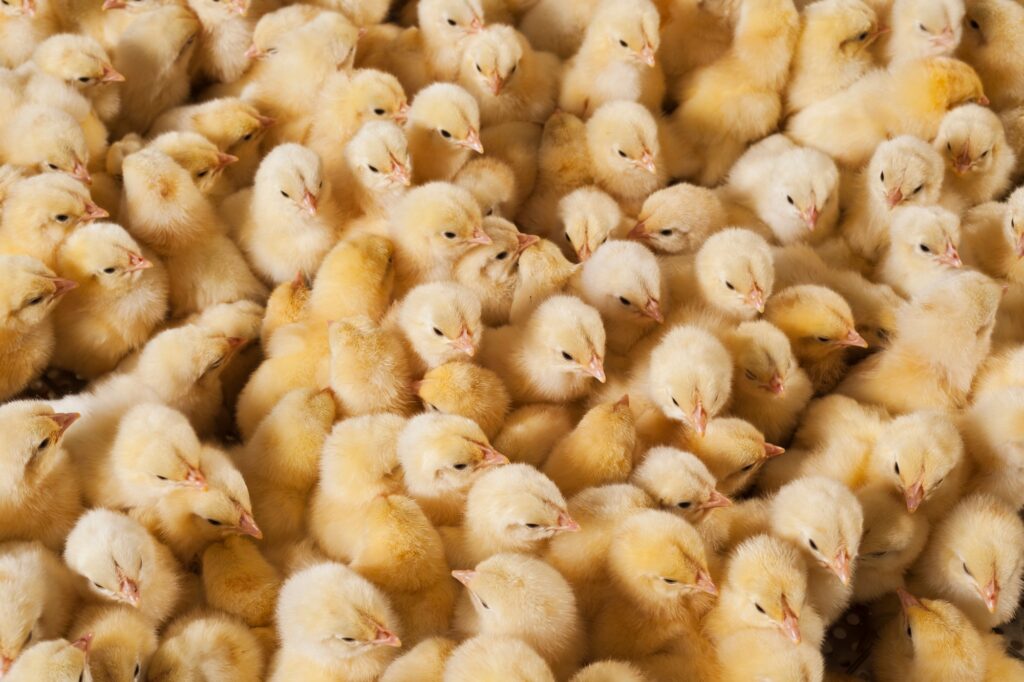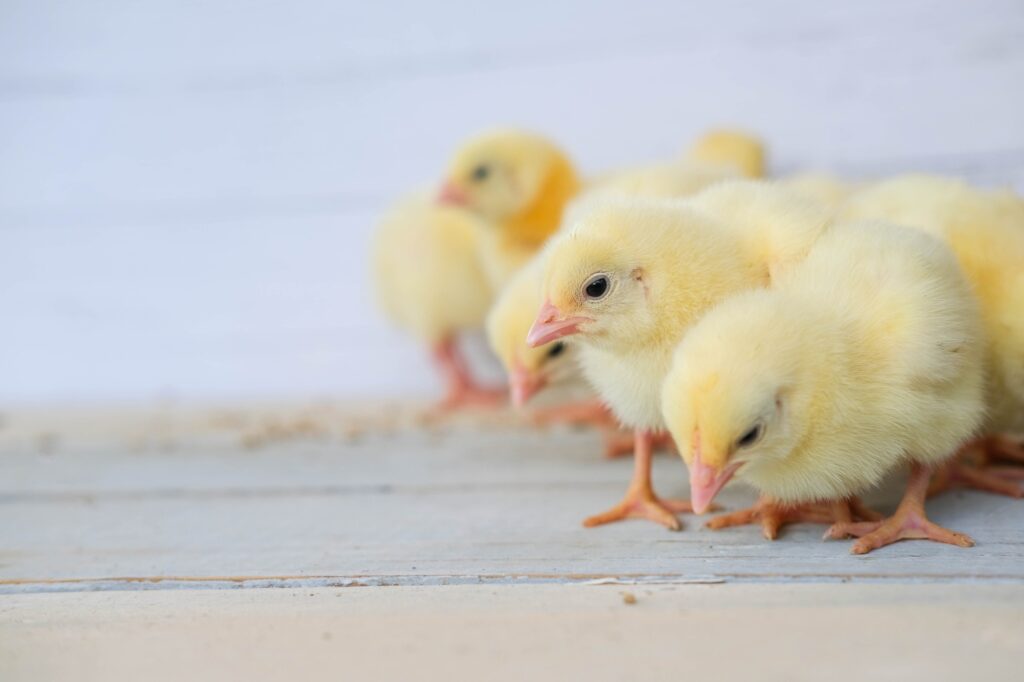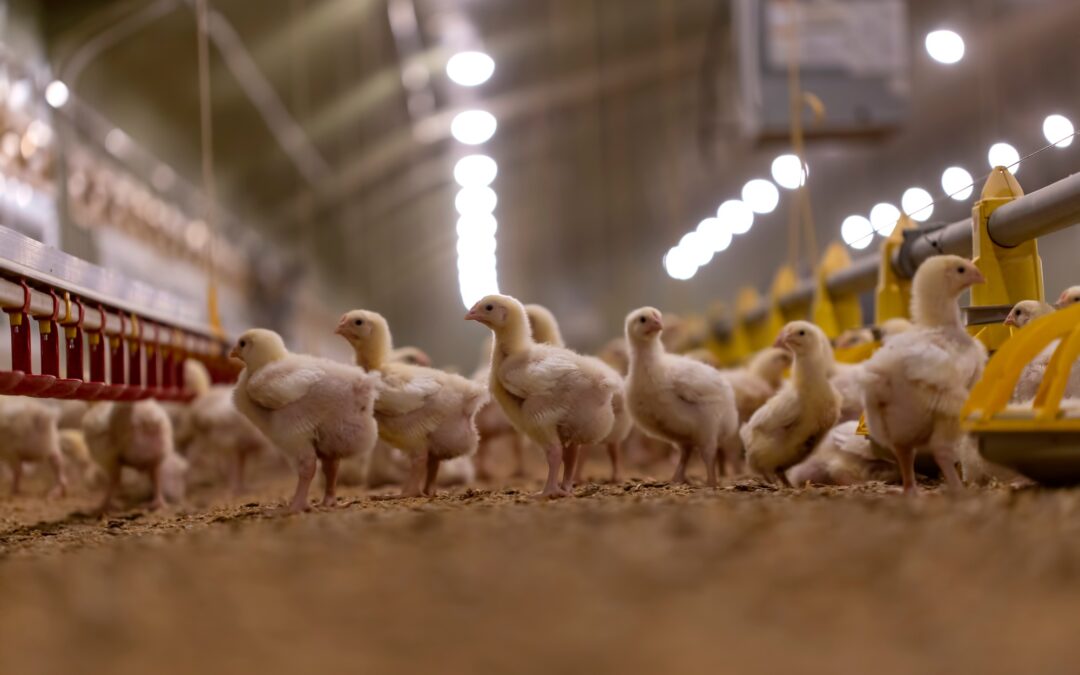Vaccination has always stood as a cornerstone of disease protection in the poultry industry, shielding birds against a myriad of viruses that threaten not only their health but also the production capabilities of hatcheries.
As common poultry farmers, you might be grappling with a crucial question: which type of vaccine offers the best protection for your flock? Today, the choice often boils down to two options: Live Attenuated Influenza Vaccines (LAIV) and Inactivated Influenza Vaccines (IIV). Each comes with its unique set of advantages and considerations, shaping the immune responses of chickens in distinct ways.
In this article, we dive deep into the world of poultry vaccination, unraveling the features, benefits, and limitations of both LAIV and IIV. Whether you’re an experienced farmer or just stepping into the realm of poultry farming, understanding these vaccines can be the key to safeguarding your flock against deadly diseases. Let’s embark on this journey to explore which vaccine might just be the game changer in your poultry protection strategy.
The Science Behind Vaccination: How Do Vaccines Protect ?
To appreciate the nuances between Live Attenuated and Inactivated Vaccines, we need to first understand the science of vaccination.
Vaccines are biological preparations that provide acquired immunity to disease. They are typically composed of antigens – substances that trigger an immune response, leading to the production of antibodies that fight off the actual pathogen if encountered.
Live Attenuated Vaccines (LAIV)
These vaccines contain a version of the living virus, but it has been weakened so it doesn’t cause disease in healthy chickens. The replication of the virus in the host’s cells helps stimulate a strong immune response, creating a robust memory in the immune system. This often results in long-lasting protection.
Inactivated Influenza Vaccines (IIV)
Contrarily, IIV contains a virus that has been killed. While it doesn’t replicate, it still evokes an immune response by exposing the bird’s immune system to the viral antigens. Though these vaccines may require booster doses to maintain immunity, they offer a safe alternative to LAIV, especially for birds with compromised immunity.
Understanding these vaccine types is crucial as it sets the stage for making informed decisions in your hatchery. But how do these vaccines fare against each other in practice? The subsequent sections provide insights into their efficacy and applicability.

Large group of baby chicks on chicken farm
Protecting Poultry: Efficacy of Live Attenuated Vaccines
Live Attenuated Vaccines (LAIV) have long been favored in the poultry industry for their ability to offer comprehensive protection against a variety of viruses. Here’s why they might be the right choice for your birds.
Strong Immune Response
LAIVs stimulate a robust immune response. By mimicking a natural infection, these vaccines ensure that the immune system is well-prepared to tackle real threats. The antibodies produced often offer extended protection, minimizing the need for frequent booster shots. Chickens vaccinated with LAIV typically exhibit a heightened defense against influenza and other ailments.
Natural Immunity
The process by which LAIVs operate mirrors natural infection. This often results in a more comprehensive immune response, engaging not only the humoral but also the cellular aspects of immunity. Chickens thus develop a better-rounded defense mechanism against potential exposures.
Considerations
While LAIVs offer many benefits, they are not without their potential pitfalls. The administration of a live virus, even weakened, can pose a risk to immunocompromised birds. Additionally, care must be taken to ensure that the weakened virus does not revert to a virulent form. Nevertheless, with proper administration and management, LAIVs remain a potent tool in the fight against poultry diseases.
The Safety Net: Inactivated Influenza Vaccines in Poultry
When safety and stability take precedence, Inactivated Influenza Vaccines (IIV) come into play. They provide a reliable option for hatcheries aiming to maintain disease-free flocks.
Safety First
For birds with compromised immune systems or special health considerations, IIV offers a safe alternative. By using killed viruses, these vaccines eliminate the risk of causing disease, making them suitable for a wide range of poultry populations. Vaccinated flocks tend to have a lower incidence of adverse reactions, providing peace of mind to farmers.
Consistent Immunity
Despite the absence of viral replication, IIVs effectively stimulate the production of antibodies. While they might require periodic booster doses to maintain high levels of immunity, these vaccines ensure consistent and reliable protection against prevalent viruses.

Beautiful yellow little chickens
Practical Considerations
The use of IIVs requires careful planning, as booster shots must be scheduled to maintain immunity continuity. The logistics of administration can be cumbersome, but for many farmers, the trade-off is worth the added security. In settings where live vaccines may pose risks, IIV serves as the steadfast option, ensuring flocks remain healthy and productive.
Making the Choice: Which Vaccine is Right for Your Hatchery?
As you navigate the landscape of poultry vaccination, choosing between LAIV and IIV becomes a decision of weighing specific needs and potential outcomes.
Assessing Your Flock’s Needs
Consider the specific requirements and health status of your birds. Are there any immunocompromised chickens? Is your primary goal to minimize disease risk while maximizing production ? The answers to these questions can guide your vaccine choice.
Evaluating Herd Immunity
Herd immunity is crucial in hatcheries, where large groups of birds coexist. A well-vaccinated flock acts as a buffer against disease outbreaks. LAIVs may offer swift, robust immune responses, enhancing herd immunity, while IIVs provide steady, reliable protection.
Practical Implementation
Examine the logistics of vaccine administration. LAIVs often entail a single administration with long-lasting effects, but they require careful handling and timing. IIVs might demand more frequent doses, but their safety profile can make them preferable in certain settings.
Deciding between these vaccines involves a thorough understanding of their properties and your specific hatchery requirements. Whether prioritizing quick immune response or stable protection, your choice will shape the health landscape of your flock. In the world of poultry farming, the choice between Live Attenuated and Inactivated Vaccines boils down to a balance of safety, efficacy, and practicality. Each has its merits and challenges, tailored to fit varying hatchery needs.
For those seeking a robust immune boost with less frequent dosing, LAIV presents a potent solution. On the other hand, hatcheries prioritizing safety might find IIV a more suitable fit, ensuring steady antibody production with minimal risk.
Ultimately, the ideal vaccination strategy hinges on understanding your unique flock dynamics, enabling informed decisions that drive productivity and disease resistance. As we move forward in 2025, staying abreast of the latest advancements in vaccine technology will empower your hatchery to thrive in an ever-evolving landscape.
- How Hatchery Vaccination Strengthens Early Immunity in Chicks ?
- The Role of Hatchery Vaccination in Preventing Poultry Diseases
- The effectiveness of bio-security programmes in preventing epidemics among chicks
- Effective strategies to reduce chick stress during unloading
- Candling Eggs: When and How Should It Be Done ?
